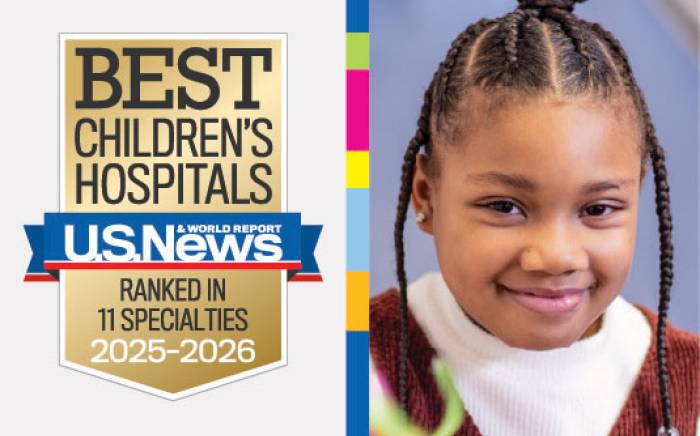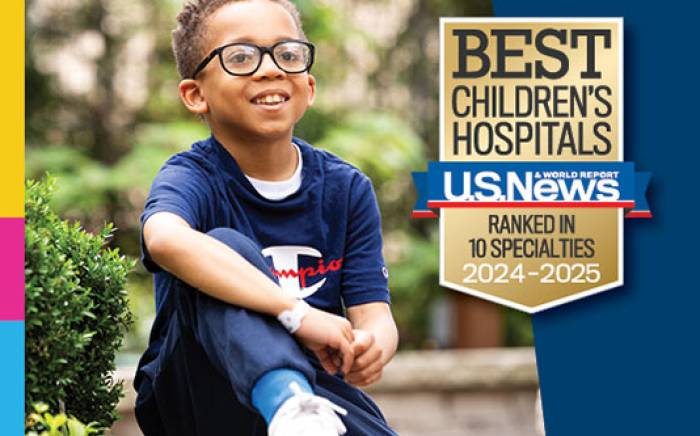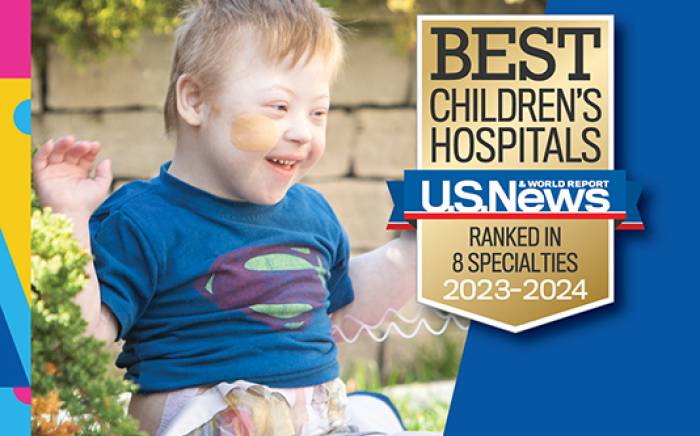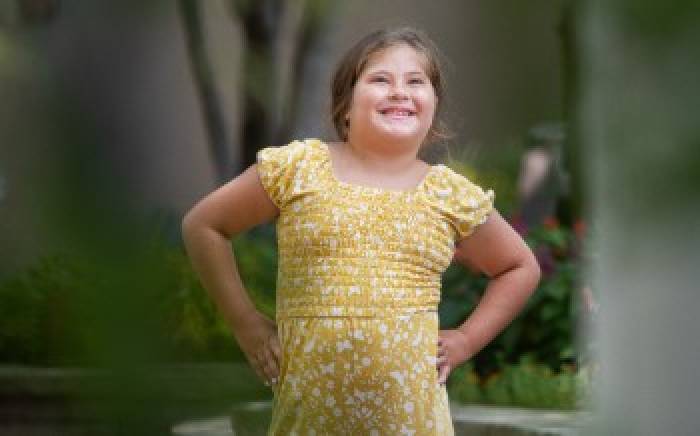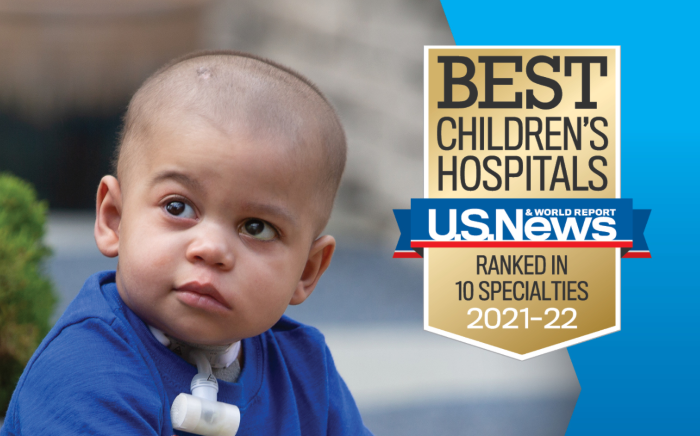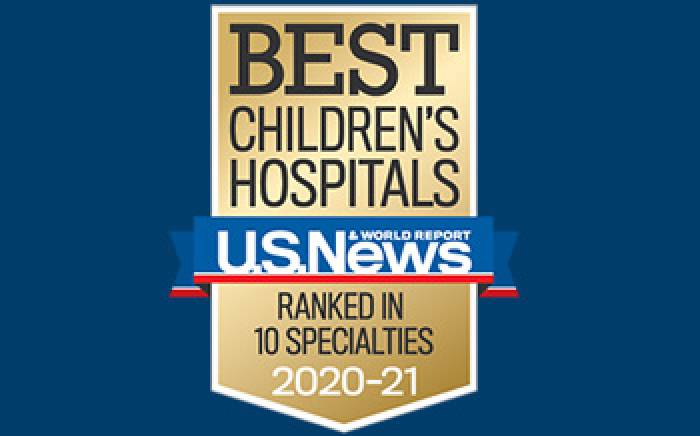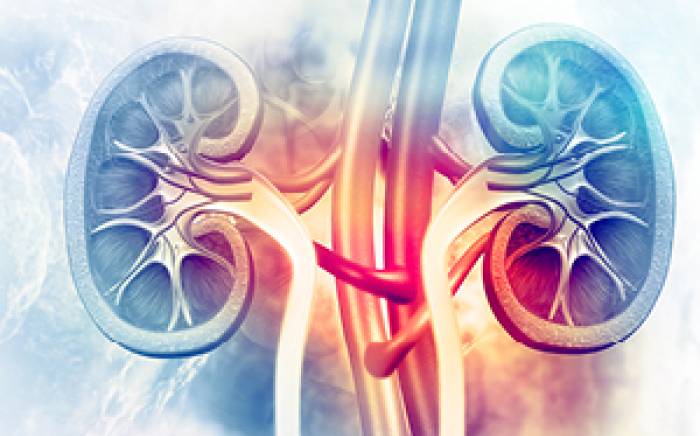A creative adaptation of technology initially developed to treat adults with fluid overload has significantly improved the care of newborns with chronic kidney disease or acute kidney injury at St. Louis Children’s Hospital Newborn Intensive Care Unit. The hospital’s modified aquapheresis therapy program, launched in July 2020 and the only one of its kind in the area, solves what was an ongoing challenge of treating neonates needing dialysis.
“Treating these small patients was always difficult because the only hemodialysis equipment available was designed for adults,” says Washington University nephrologist Vikas Dharnidharka, MD, director of pediatric nephrology at Children’s Hospital. “These machines require larger catheters and have a tubing volume of 160 ml, double the amount of a baby’s blood volume. In order to use these large-circuit devices for kidney replacement therapy in our newborns, we had to prime them with someone else’s blood each time we placed patients on the machines. It resulted in our exposing babies to two to three times more blood than their own volume.”
In 2019, Dr. Dharnidharka learned of pediatric nephrologists at other children’s hospitals adapting the Aquadex FlexFlow System manufactured by CHF Solutions Inc. for use in newborns.
“Although designed for fluid removal in adults, this ultrafiltration device uses smaller catheters compared to traditional dialysis machines and has a tubing volume of just 33 ml. These features make it an ideal option for newborns needing dialysis, and it eliminates many of the complications we previously experienced using traditional dialysis machines,” explains Dr. Dharnidharka.
Leading the establishment of SLCH’s modified aquapheresis therapy program is Washington University pediatric nephrologist Eileen Ciccia, MD. Dr. Ciccia completed her fellowship training at Cincinnati Children’s Hospital, where she gained experience with aquapheresis using the Aquadex device and saw firsthand the advantages the therapy affords in dialyzing newborns.
“In its original configuration, the device is a relatively simple circuit that uses a pump to pull excess fluid across a filter and then return blood back to the patient,” she says. “For our patients we are able to use convective clearance by adding a replacement solution that helps remove waste product as the blood is pulled across the filter membrane. Our current protocol is to keep infants on the modified aquapheresis therapy for six to eight hours a day. This allows parents to hold their babies when possible, and it provides time for other therapies or interventions to be completed.”
To date, two babies have benefited from modified aquapheresis therapy at SLCH. For the first infant, born with multiple birth defects, the therapy helped extend her survival time. The second patient had developed acute kidney injury due to necrotizing enterocolitis and was placed on modified aquapheresis therapy while her kidneys recovered. She eventually was weaned off the device and discharged to her home.
“In addition to newborns who develop acute kidney injury due to other medical conditions, our other large patient population needing dialysis are babies with chronic kidney disease – those whose kidneys didn’t form properly, or those born with genetic or cystic diseases of the kidney,” says Dr. Dharnidharka.
In these cases, the infants require peritoneal dialysis, which involves surgical insertion of a catheter into the abdomen. The incision needs to heal for two weeks to ensure no leakage occurs. Prior to the adapted technology that made modified aquapheresis therapy possible in infants, SLCH’s pediatric nephrologists faced initiating peritoneal dialysis before the incision was fully healed and then attempting to prevent leaks.
“Now we can use modified aquapheresis as a bridge, allowing the incision to heal properly prior to beginning peritoneal dialysis,” says Dr. Ciccia.
Adds Dr. Dharnidharka, “Since a maturation of kidney function occurs in the first few weeks to months of newborns’ lives, this therapy also allows us to be absolutely sure we need to insert a catheter in preparation for peritoneal dialysis.”
In-depth orientation and training of ICU physician and nursing staffs have ensured that SLCH’s program is prepared for an anticipated increased volume of patients as the capabilities of modified aquapheresis therapy become more widely known among the physician community.
“This represents a truly significant advancement in our ability to treat newborns needing dialysis,” says Dr. Dharnidharka. “It eliminates many of the potential complications for a vulnerable group of patients.”
To learn more about the hospital’s modified aquapheresis therapy program, contact Children’s direct at 800.678.HELP (4357).

